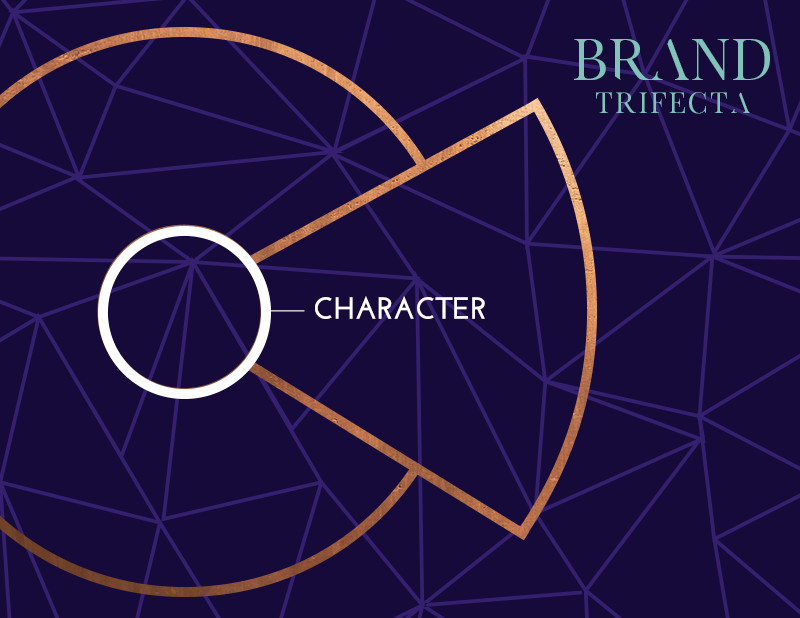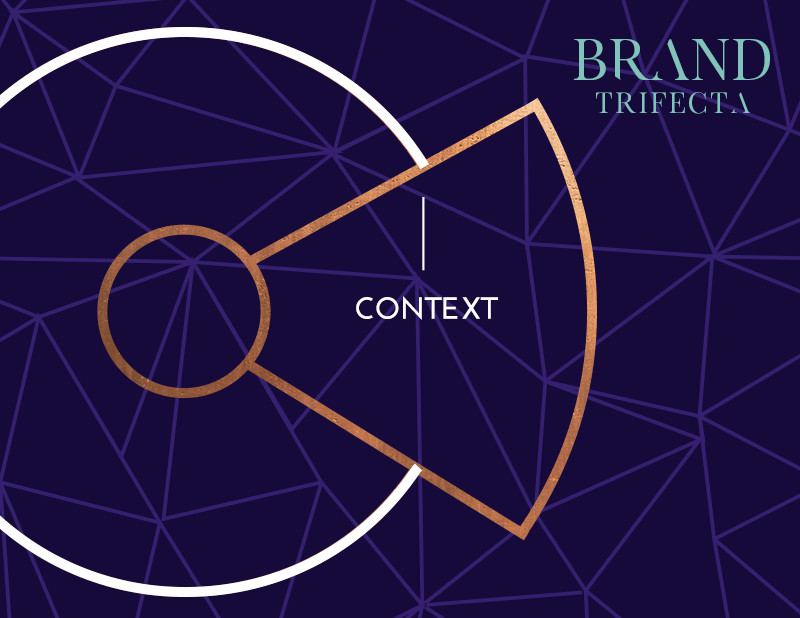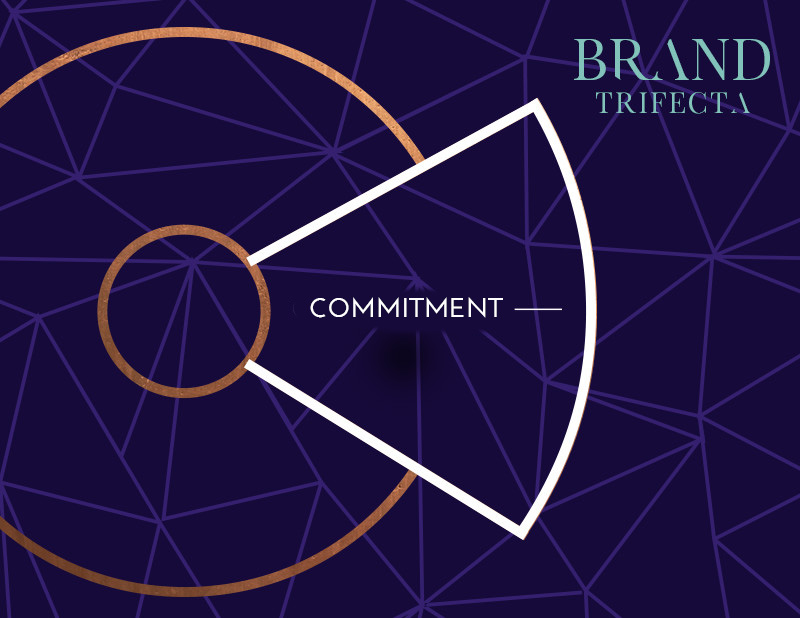My heart sank as I hung up the phone. Another of my clients was avoiding my call, and I knew that renewing their campaign was not likely to happen. I knew that I’d have to drop by their place of business unannounced and force the awkward conversation.
I’d sold them thousands of dollars in a radio campaign and we did all of the “right” things. Their spot ran several times a day, over a course of three months. The $3,000+/month wasn’t a huge number compared to some of the radio’s big clients, but I knew that it was a ton of money for the small business that had taken a chance with me to market their business on the radio.
It’s not that radio advertising doesn’t work. As our sales manager used to joke, “If you don’t think it works, let’s put an ad on the radio that advertises a free $100 at your location.”
Advertising works. But only when you’re advertising something that people already want. (Read that again. Did it sink in? You have to align your business with something that people ALREADY want.)
So after selling radio spots for a short time, I consciously shifted my career. I knew that I needed to work with entrepreneurs to help them way before they throw a $10K+ Hail Mary into radio advertising. Or whatever XYZ tactic has their attention at the time.
Enter my obsession with branding. (And no, not the “it looks good” brand design. The “Oh. my. Gosh. I waaaannntt that.” brand strategy.)
Your brand strategy needs to be the foundation of all of those advertising, messaging, and promotional messages. It’s the heart and core of all of your business decisions. It’s the thing that pulls people in.
It’s my goal to raise the consciousness of psychology-driven branding. Psychology-driven branding is the strategy work that aligns your business with universal human desires, a cultural movement, and your client’s personal aspirations. (These are the things that people already want that I talked about earlier.)
I hate seeing entrepreneurs who waste time and money on tactics, ads, and strategies that just don’t work for them, even though they are doing them “right.” I hate seeing entrepreneurs who feel like they have to resort to a 50%-off sale to attract attention… only to find out that the clients they attract with the promotion are people who don’t value their work.
From here on out, I want you to work with the very best clients for YOU.
Here are three keys you’ll need to make it happen:

Character
Your brand’s character is Y-O-U. By being unapologetically you, you attract clients who love you for all of the right reasons.
In the scope of a brand, this includes:
- Personality (including your Brand Archetype): do you own your unique style? Do people understand what you stand for at a glance? Do you “show up” in a similar way across all of your touch points?
- Voice & Tone: the language that you use tells people a lot about your style, and in turn, about the experience that they would have with your brand. Are you casual or elegant? Full of slang or perfect grammar? Chummy or authoritative?
- Visual Identity: this is the part that most people think of when they think of branding. Pay attention to the psychology behind your color, shape, and font choices, not just what looks good to you at the moment.
- Stories You Tell: what has been your journey? What obstacles and villains have stood in the way? What is your vision for the future? How are you relatable as a human being, not just as a maker or service provider?
- Owning Your Genius (and unfair advantages): what blend of your experience, talents, and skills are the hardest to copy? What comes unnaturally smooth to you where others struggle? You have a unique combination of past jobs, natural strengths, and interests. Lean into what makes you “you.”
- Values, Beliefs, Point of View: Don’t skip over this one. Sit with it: What do you believe? What will and won’t you do to get where you want to go? If you want some prompts, think about your thoughts on weighty ‘controversial’ topics like Success, Work/Life Balance, Money, the Environment, Society, etc.
People who are shifting from a more ‘formal’ style of work have a hard time with this first crucial step. The corporate world celebrates conformity. Everyone is wearing the same blue pinstripe suits and talking with the same jargon-filled language.
Once you’re on your own as an entrepreneur, we need the exact opposite from you. We want to know as quickly as possible that we jive with your way of thinking, style, and personality. We need you to share your opinions – loudly and confidently. We want you to lead us, not look and sound like a follower.
Other people who build brands argue that YOU don’t matter, that only your ideal client matter. This argument is short-sighted. If you hide who you are and what makes you unique, we have no information about if we’ll love or hate working together. You’ll end up attracting a bit of everybody, and you’ll end up working with a lot of problem clients and misaligned projects. This initial self-discovery for your brand is crucial to align the rest of your strategy around so that YOUR best clients are attracted to you.
Your brand starts with you.

Context
The context of your brand is how you operate and relate to the rest of the world. You’ll need to define the impact that you want to have in the world. You’ll explore existing cultural movements that relate to your business. And you’ll also need to be aware of the field of competitors who share your space. “Deliverables” of this part of your brand strategy include:
- Brand vision: why is your work important? What kind of impact do you want to make in the world? Don’t stress out if it’s not “world peace” or “feeding the world’s children.” Even if your vision is to ease the overwhelm of mamas of toddlers, the world needs you.
- Culture analysis: what shifts are happening in the culture as it relates to your industry? A fun way to clue into massive cultural themes is to look at some of the most popular movies at the box office. For example, Hunger Games has clues about current cultural movements by showing a strong female character/feminism, the wage disparity between rich/poor, a post-apocalyptic society after humans destroy the world, etc.) Some cultural shifts I’m clued into are: feminism, the move from corporate to a freelance workforce, and the desire for “smart” material in an age of Kardashians and reality TV.
- Competitive field: Who or what will your ideal clients consider at the same time as you? Is it obvious how you are different from them? Can you turn your “weaknesses” into a compelling selling point? For example, one of my dear friends Noelle is a female videographer in a sea of male peers. Before, it made her a bit self-conscious, but once she realized that it was a strength, she embraced “love” as a central theme for her brand.
- The point of reference: What industry are you actually in? What group of people do you want to lead? For example, when Subway launched their brand, they made the choice to compete in the fast food industry, not the sandwich shop industry. That decision informed a lot of their decisions from food quality to ordering process.
- Ideal client symptoms and aspirations: Instead of focusing on age/income/location demographics, I like to consider my ideal client’s symptoms and desires. These questions give me much better messaging to speak to the topics that my ideal clients care about.
- Where people buy you: Even if you only sell your services online, this still matters for you. Are you selling in the context of a freelance site like Guru or Upwork? Or do people come to your personal website to buy your products or services? That background will inform some of your pricing and messages. If you sell a physical product, proximity and convenience matter.
Once you know who you are, it’s time to step outside of yourself to figure out what parts of yourself will be the most impactful to highlight. One of my favorite exercises is to ask, “What is a conversation worth having?” Or in other words, what is something that you are always “preaching?” What conversation is your industry ignoring?

Commitment
The promise that you make to your ideal clients is the actual what and how you do what you do. For you left-brain thinkers, these are the concrete parts of your business. Some aspects of your brand’s commitment includes:
- Service/product: what are you selling to people? What pain point are you fixing for them? What results can they expect? Your product/service is your promise to your ideal client. What are you promising?
- Packaging: in both a physical and conceptual sense. If you sell a service, how are you presenting the different options? Do you have a signature service or mix of services?
- Price: What story does your price tell? Are you an aspirational leader? Or accessible to everyone? Also, does your price communicate the level of care and value that goes into the work that you do?
- Onboarding: When a new client or customer buys from you, what are they expecting once the work starts? These expectations are necessary to meet & exceed, and if you aren’t aware of them, you are disappointing people.
- Proof points: What “reasons to believe” can you give to people so that they feel secure buying from you? Do you have degrees, certifications, or other 3rd party accreditations? Have past clients raved about your work? Do you have a million people who read your blog? Tell us why we should trust you.
A key point here is to be different, not just “better.” Any time that you are competing for “-er’s” like cheaper, faster, better, it becomes a race to the bottom, and the differences between you and substitutes are negligible to your ideal client. You are infinitely more knowledgeable about your product or service than your client, so you need to make the difference between you and substitute options apparent and desirable.





Trackbacks/Pingbacks